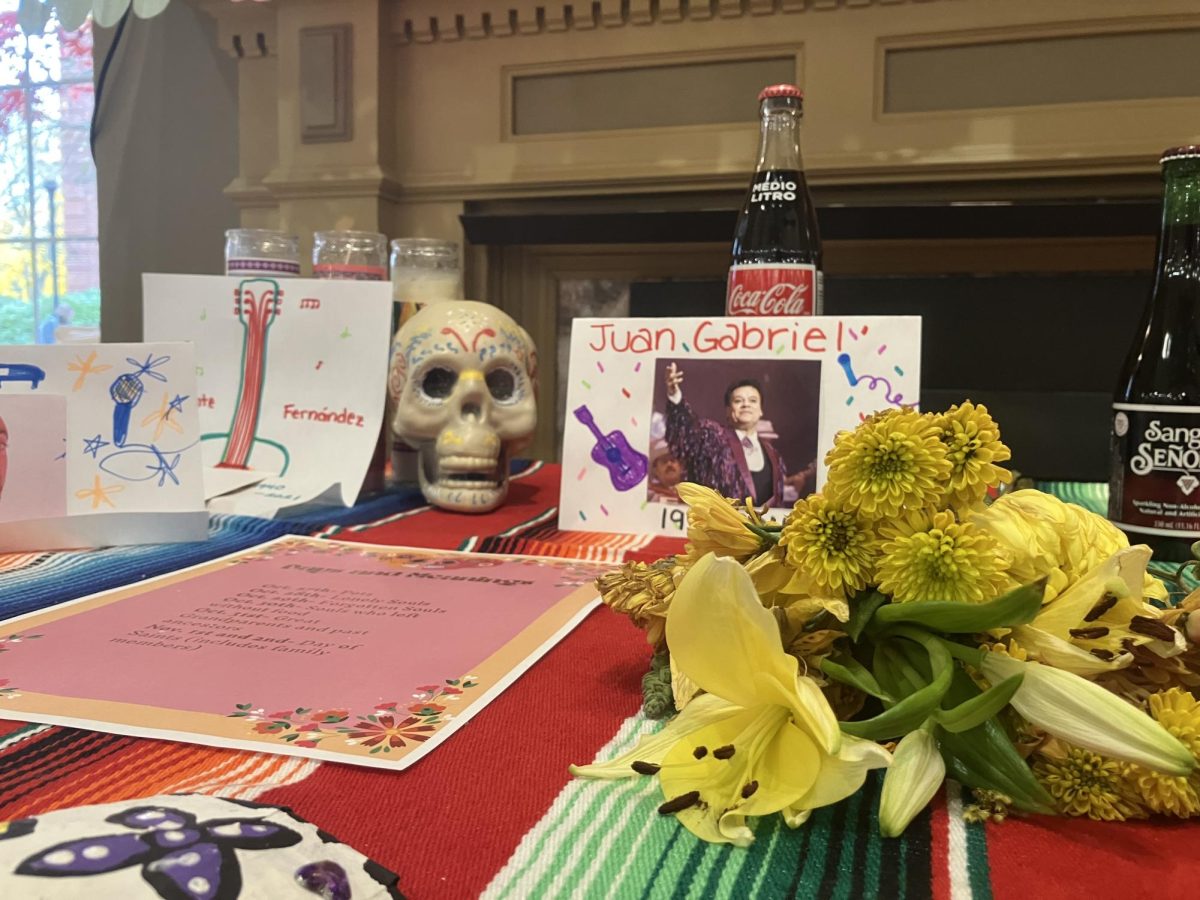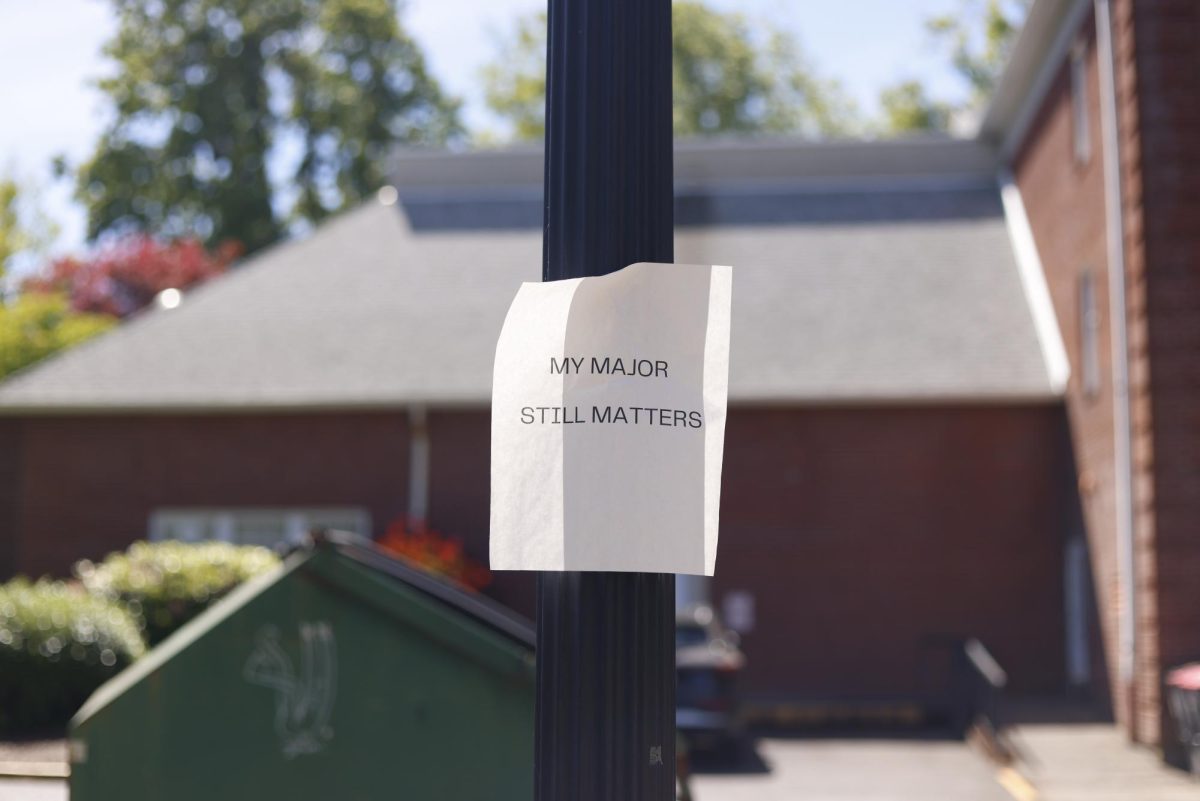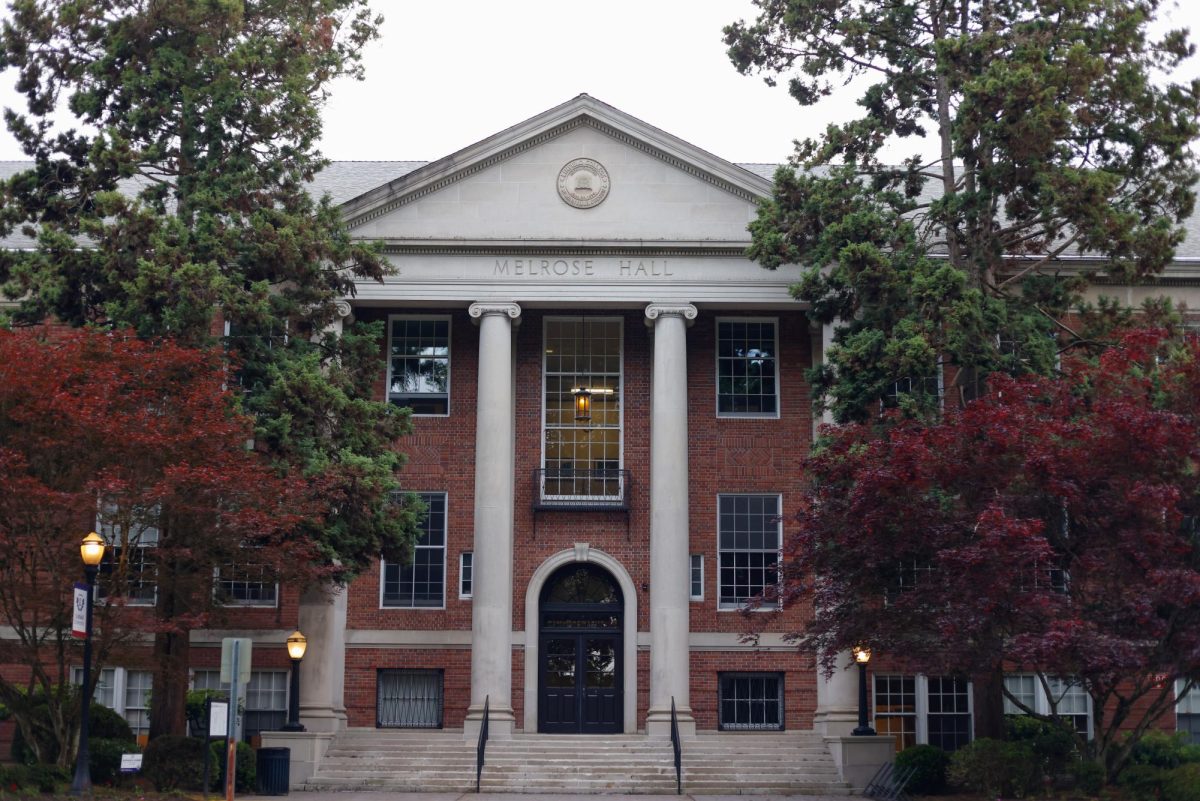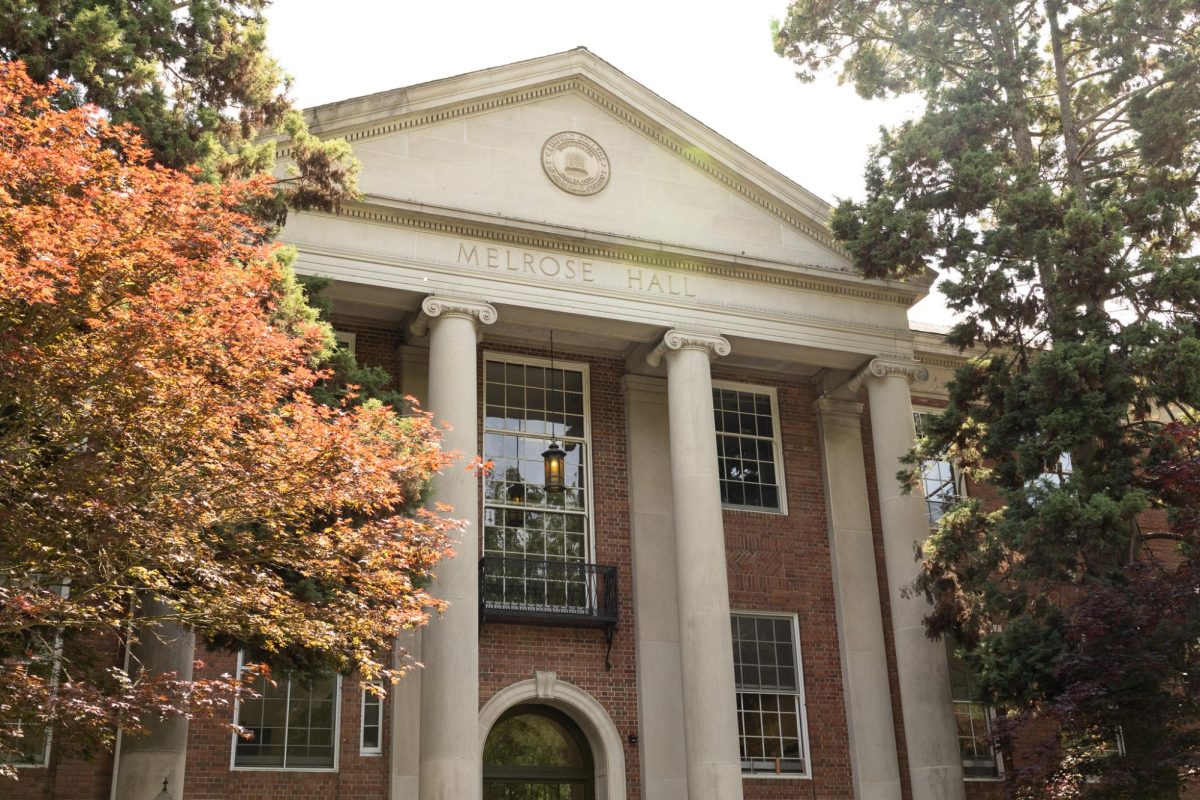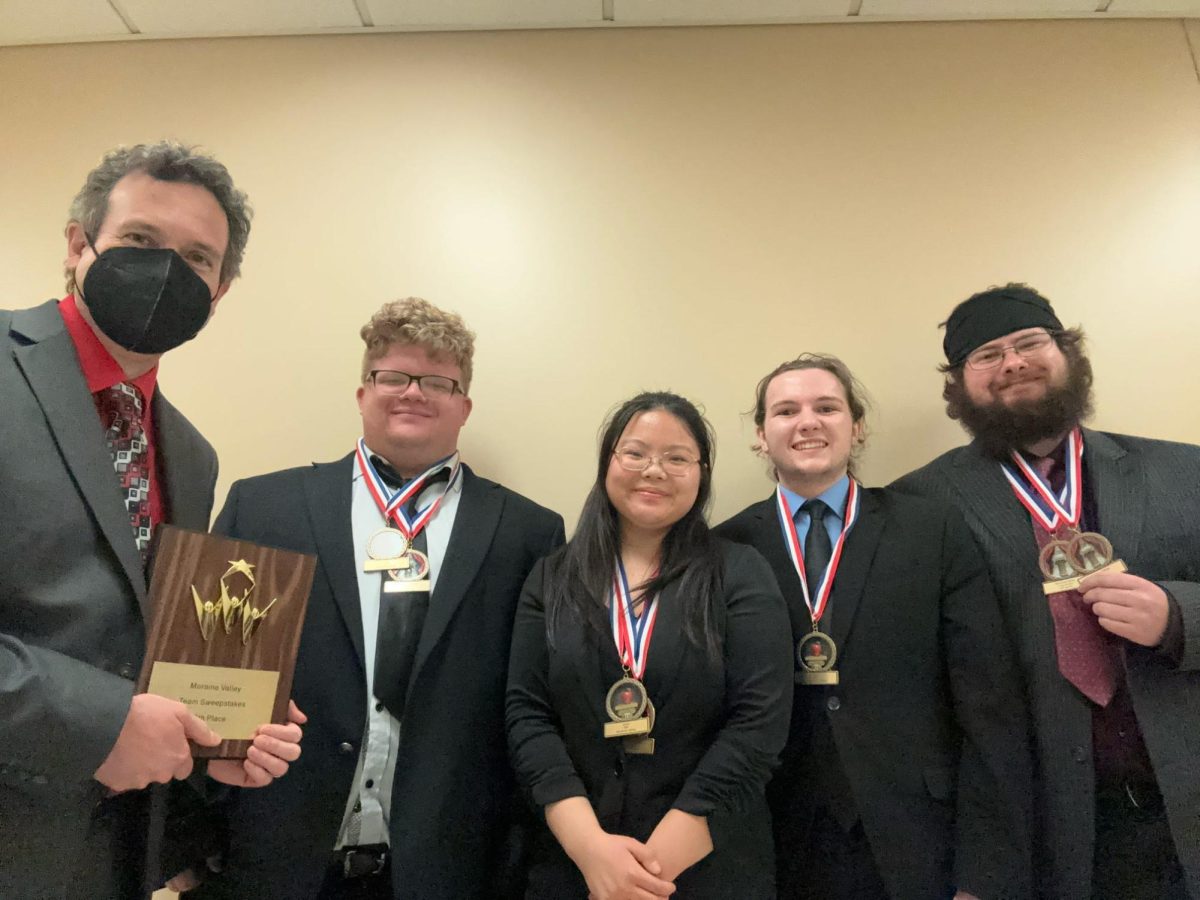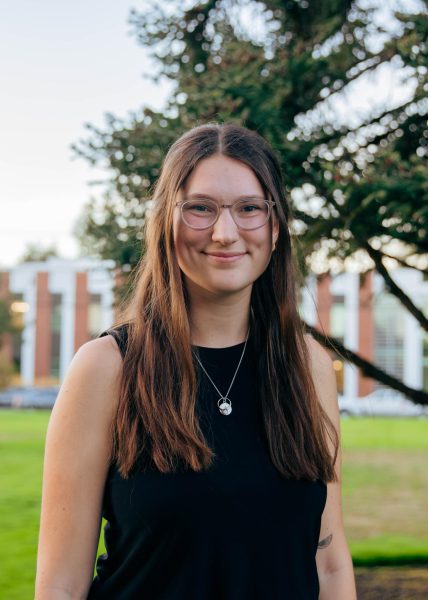As the Halloween season closes down, another holiday makes its way to the main stage. While considered by some as the “Mexican Halloween”, Día de los Muertos honors deceased ancestors, and is considered a celebration. Día de los Muertos is a Mexican holiday from Oct. 31 through Nov. 2, honoring and remembering the souls of relatives who have passed on.
Día de los Muertos continues to be an important holiday, allowing anyone to honor and celebrate their loved ones. Linfield has placed an ofrenda in Fred Meyer Lounge, and was there through Nov. 7. Whether honoring a grandparent, cousin, or even childhood pet, any student could use the ofrenda to honor their relative, and partake in the Day of the Dead.
During this holiday, it is believed that the border between the afterlife or spirit world and the human world dissolve and become one. When the border dissolves, the spirits of passed ancestors rejoin the human world and celebrate as honored guests.
October 31 is reserved just for the souls of the children, and the gates of heaven open to allow them to rejoin their families. On November 2, the adult spirits can do the same that the children did on Oct. 31.
The roots of Dia de Los Muertos can be traced back almost 3,000 years, to pre-Columbian Mesoamerica. Once someone dies, it is believed that they traveled to Chicunamictlán, otherwise known as the Land of the Dead. In order to reach Mictlán, the final resting place, the soul of the deceased is required to pass through the nine levels of Chicunamictlán.
This holiday allows people to reconnect with their loved ones and honor them through gifts they place at an ofrenda, an altar and offering table placed in most homes. One of the most common items found on an ofrenda is a skull. Most tend to be made with a mixture of sugar, meringue, and water. Once the skull is molded, it is decorated and covered with bright colors. Marigolds are also a necessity on the altar, considered to be the “flowers of the dead”. The strong smell of the flowers is considered to attract souls to the altar and the human world.
Salt is usually placed on the base of the ofrenda in the shape of a cross, to prevent the soul from being corrupted and to help quench their thirst. Lastly, there are always multiple pictures and photo albums, to remember the ancestors that have passed on.

